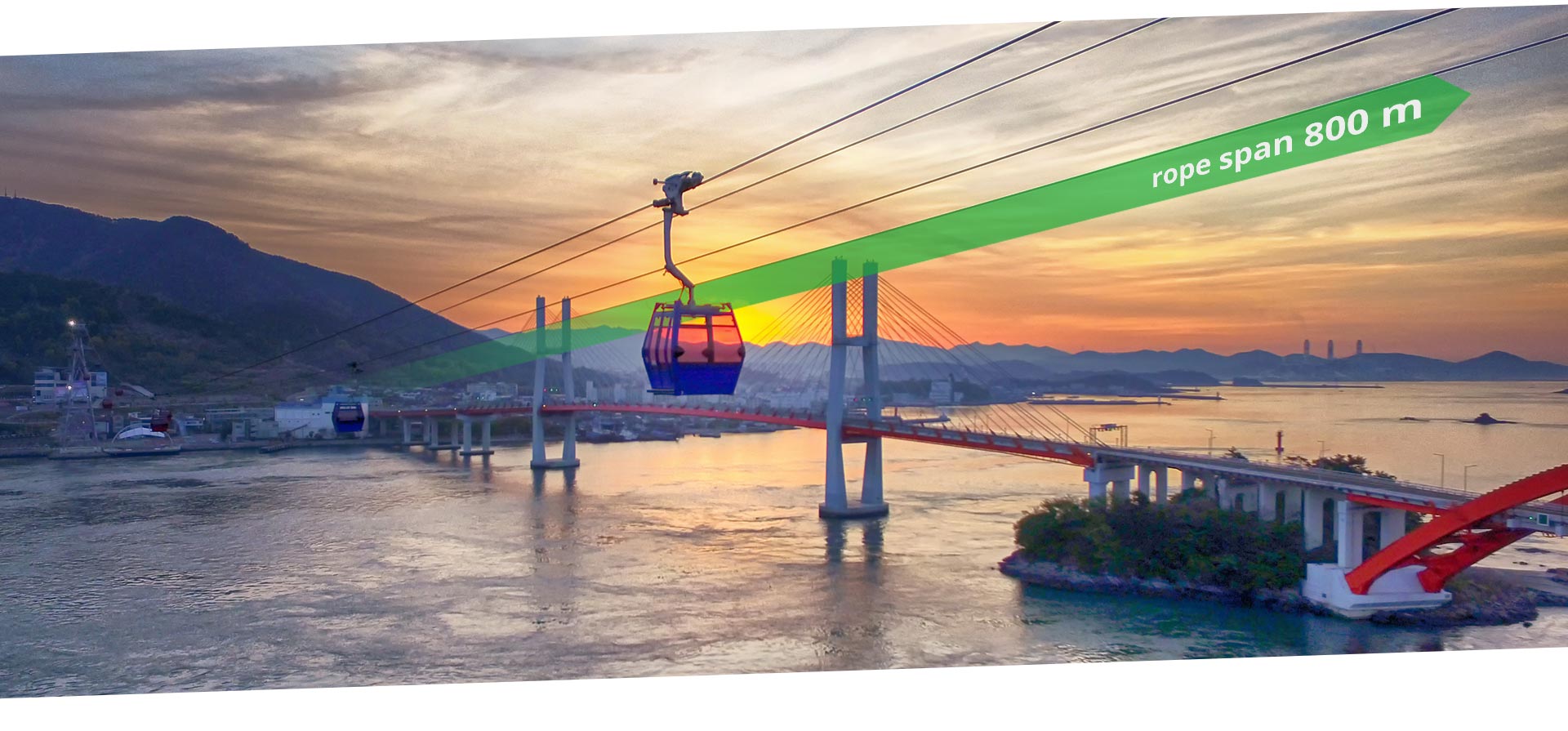
Cable Car | Ropeway | Cableway | Gondola | Aerial Tramway | Funicular
Depending on the geographical area, the synonyms ropeway and cableway are sometimes used for the cable car term. An urban cable car is mostly used as a detachable gondola, rarely as an aerial tramway or funicular.
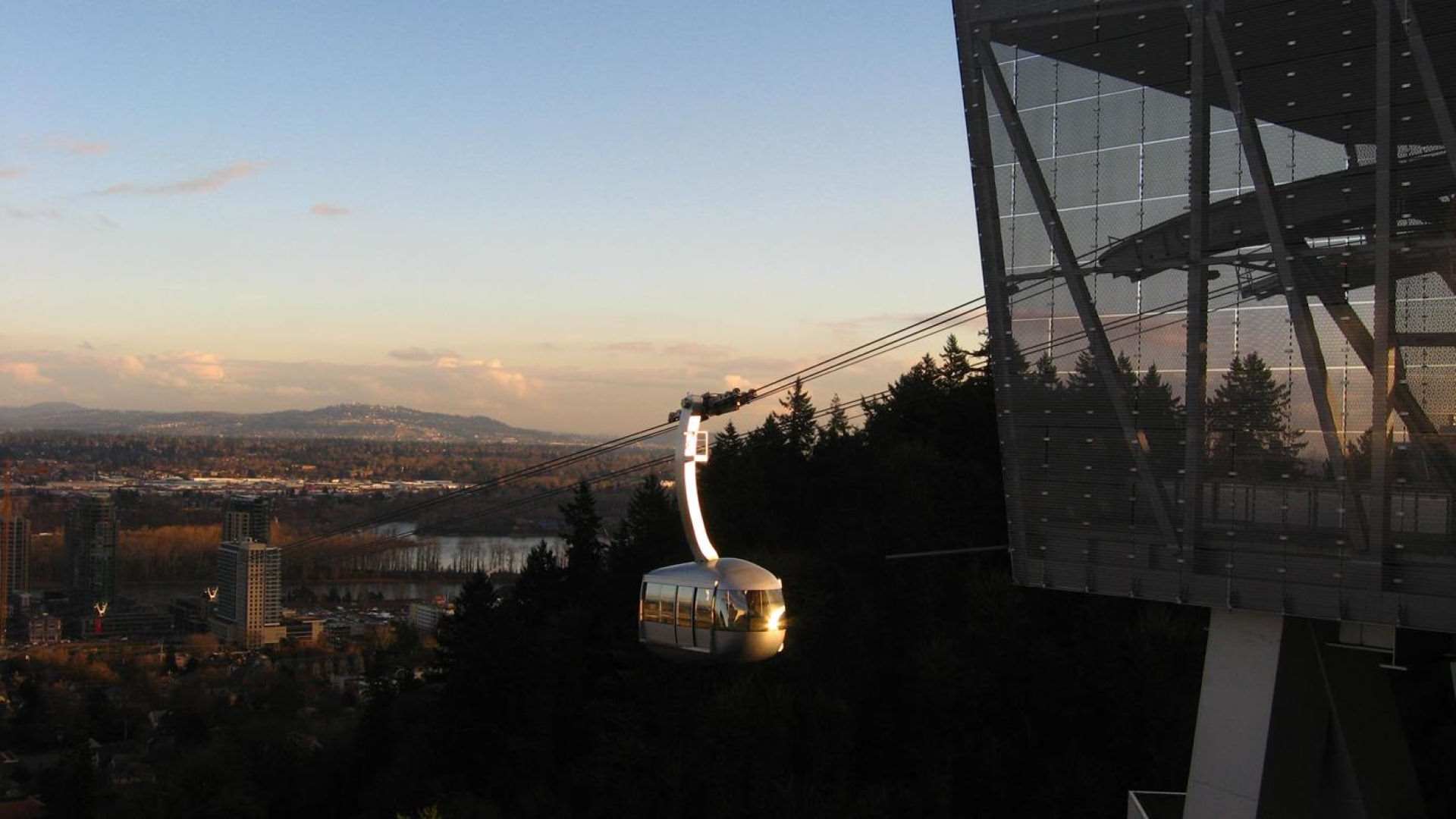 Urban cable cars are becoming increasingly important in cities as a supplement to conventional means of transport. Different ropeway technologies are used: gondolas in continuous operation as Mono-cable Gondola Detachable (MGD), Bi-cable Gondola Detachable (BGD), Tri-cable Gondola Detachable (TGD) or Aerial Tramways (ATW) and rail-based funiculars in shuttle operation. Furthermore, new ropeway concepts such as the curve-capable City Cable Car (CCC), the hybrid solution ConnX, the network-compatible Ropetaxi or the upBUS, a combination of cable car and autonomously driving electric bus, will be presented from time to time. These innovative rope-based mass transit technologies are designed to neutralize the disadvantages of conventional ropeways.
Urban cable cars are becoming increasingly important in cities as a supplement to conventional means of transport. Different ropeway technologies are used: gondolas in continuous operation as Mono-cable Gondola Detachable (MGD), Bi-cable Gondola Detachable (BGD), Tri-cable Gondola Detachable (TGD) or Aerial Tramways (ATW) and rail-based funiculars in shuttle operation. Furthermore, new ropeway concepts such as the curve-capable City Cable Car (CCC), the hybrid solution ConnX, the network-compatible Ropetaxi or the upBUS, a combination of cable car and autonomously driving electric bus, will be presented from time to time. These innovative rope-based mass transit technologies are designed to neutralize the disadvantages of conventional ropeways.
Reliable transport system with good Life Cycle Assessment (LCA)
In general, an urban cable car can serve as an inexpensive, quickly realizable and reliable subsystem of local public passenger transport. It offers a special travel experience in urban areas, as it allows people to glide above the city. Ropeways are extremely robust and are service-proven thanks to the experience gained in winter operations on mountains. The most common association with ropeways is winter and summer touristic use in mountain locations. However, in some parts of the world, such as North and South America, North Africa and Asia, successful urban ropeway systems are also in operation. Studies by renowned institutes confirm that ropeways have an exceptionally good Life Cycle Assessment (LCA) compared to conventional means of transport.
Low operating speeds but no waiting times
The main advantage of ropeways is that they are totally independent of existing road and rail infrastructures. Moreover, circulating ropeways can be used with a high transport capacity without any waiting times due to their continuous conveying characteristic. However, it must be noted that the maximum travel speed for ropeways is approx. 30 km/h, which is low compared to other means of transport. Thus, they are often not competitive for medium to long distances (> 7 km) due to the longer travel times.
Station density has a significant influence on costs
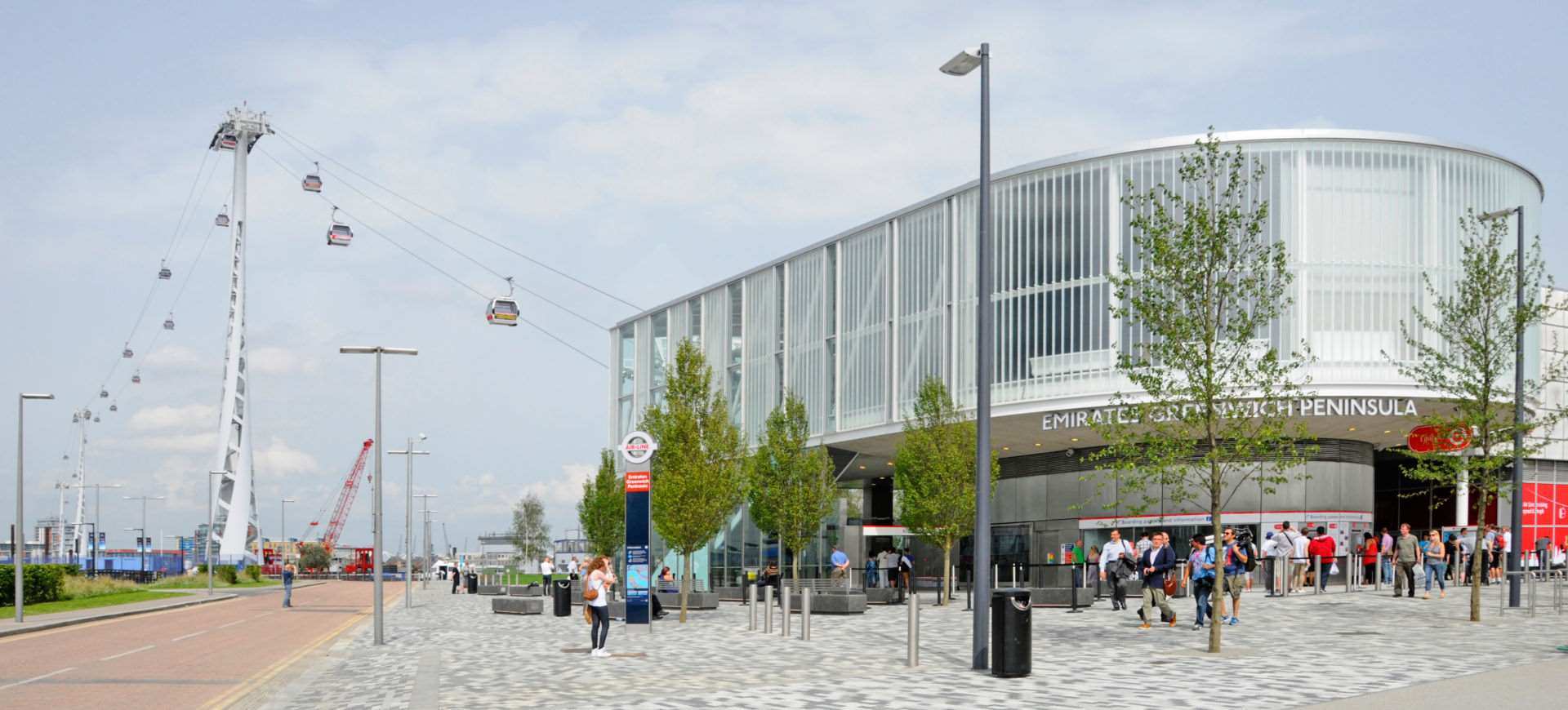 In general, the space required for cable car stations is high and depends substantially on the cable car technology used. Stations are also expensive and complex to build because of the high rope forces and the associated station forces or moments. For an acceptable cost-benefit ratio, station distances should be in the range of metros and not less than approx. 700 m. Cable cars are not suitable for narrow and densely constructed city centers, since they have limited turning capabilities on the one hand, and on the other hand, residents feel disturbed by passing cabins and they have a significant negative impact on the cityscape.
In general, the space required for cable car stations is high and depends substantially on the cable car technology used. Stations are also expensive and complex to build because of the high rope forces and the associated station forces or moments. For an acceptable cost-benefit ratio, station distances should be in the range of metros and not less than approx. 700 m. Cable cars are not suitable for narrow and densely constructed city centers, since they have limited turning capabilities on the one hand, and on the other hand, residents feel disturbed by passing cabins and they have a significant negative impact on the cityscape.
Hilly topographies and barriers argue for urban cable car
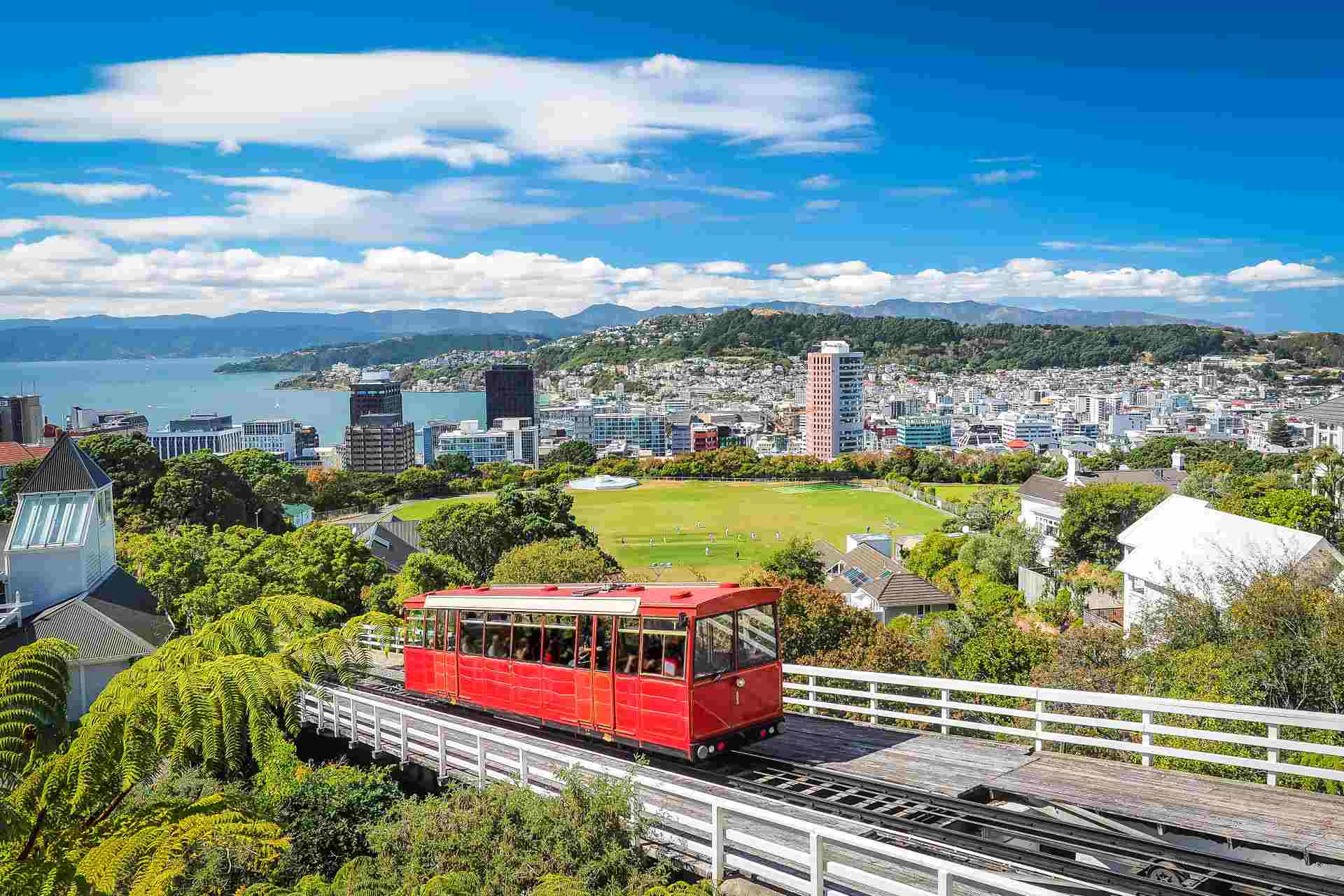 In general, cable cars are only an appropriate means of transport for peripheral urban areas if certain topographical and urban planning conditions are met and if natural barriers (rivers, lakes, gorges, etc.) or infrastructural barriers (railroad lines, roads, industrial areas, etc.) exist. Urban cable car lines are unsuitable as a pure substitute for bus or tram lines in sensitive downtown areas.
In general, cable cars are only an appropriate means of transport for peripheral urban areas if certain topographical and urban planning conditions are met and if natural barriers (rivers, lakes, gorges, etc.) or infrastructural barriers (railroad lines, roads, industrial areas, etc.) exist. Urban cable car lines are unsuitable as a pure substitute for bus or tram lines in sensitive downtown areas.
Urban cable car as a complementary public transport service
Cable cars are extremely inflexible systems and are subject to severe limitations in terms of alignment and adaptations or extensions and can never achieve the fine distribution of a bus or tram service. Hence, urban cable car systems are typical connector/feeder systems to backbone systems (e.g. metro, tram, BRT, etc.) from A to B and a low number of stations. In some cases, urban cable cars can achieve advantages compared to existing road-based public transport services in terms of travel time for shorter distances, despite their comparatively low system speed. This is mainly due to the possibility of bypassing occurring traffic congestions at peak times and a direct, straight line routing.
Low investment and operating costs
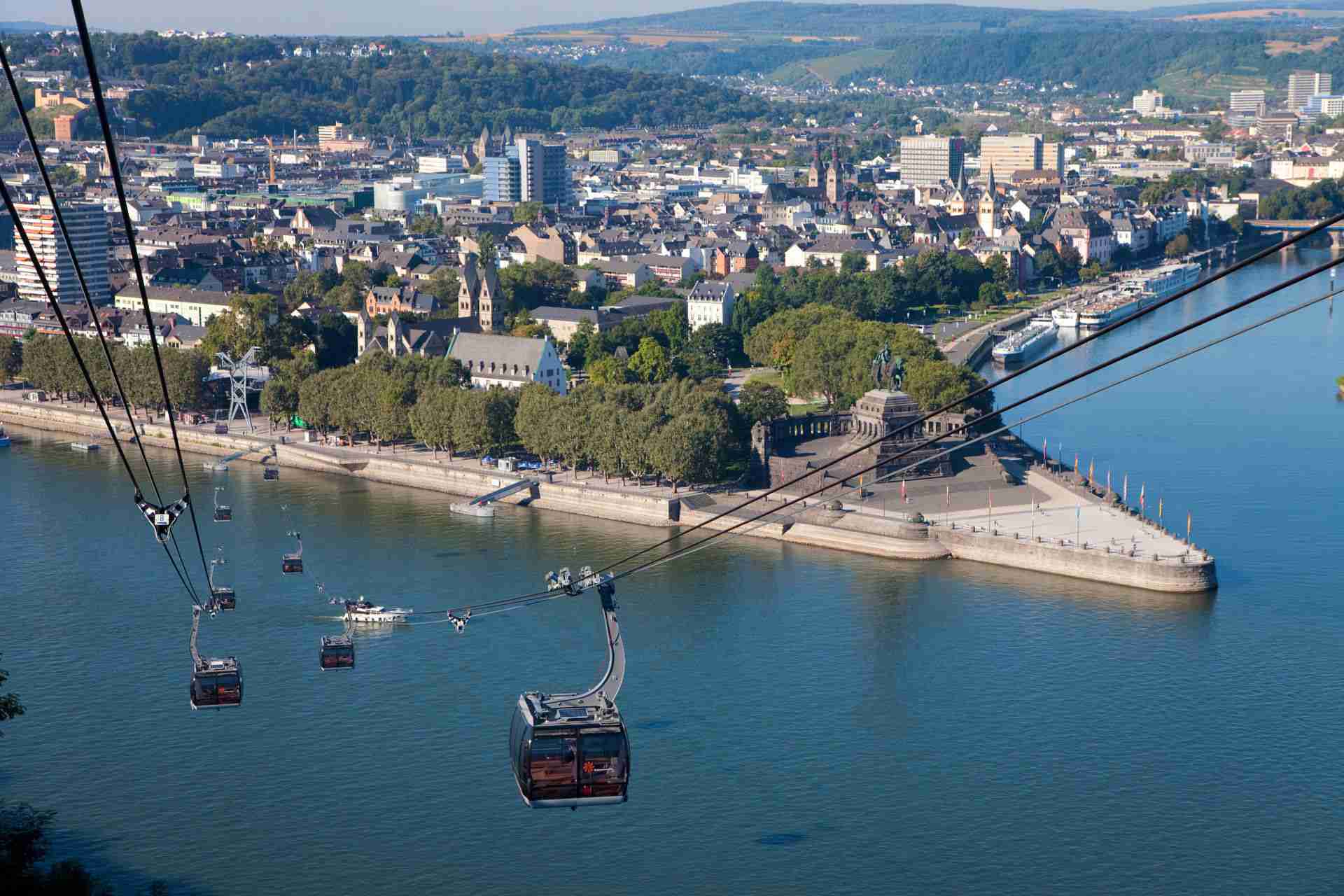 The ropeway infrastructure required is limited to pillars, ropes and stations. This results in a short construction time, as the required line infrastructure is minimal compared to rail-based transport systems. Urban cable cars operate fully automated and the maintenance requirements are low. Thus, if traffic or other reasons require an intersection-free alignment, the use of cable cars is an obvious choice, as the life cycle costs are low compared to other elevated or underground transportation systems. Besides a lean infrastructure, energy, material and spare parts requirements are also comparatively low.
The ropeway infrastructure required is limited to pillars, ropes and stations. This results in a short construction time, as the required line infrastructure is minimal compared to rail-based transport systems. Urban cable cars operate fully automated and the maintenance requirements are low. Thus, if traffic or other reasons require an intersection-free alignment, the use of cable cars is an obvious choice, as the life cycle costs are low compared to other elevated or underground transportation systems. Besides a lean infrastructure, energy, material and spare parts requirements are also comparatively low.
Remote monitoring of stations possible
Recently, the first reference installations in Europe for completely autonomous operation of ropeways („Autonomous Ropeway Operation (AURO)“) have also been realized, in which the stations are completely unmanned. Passenger transfer safety is ensured by means of sensors and cameras, and the stations are remotely monitored by the operators from a central control room. This innovation significantly contributes to the extremely low staffing requirements of urban ropeways compared to manned mass transit systems such as buses or tram.
Availability rates tend to be low
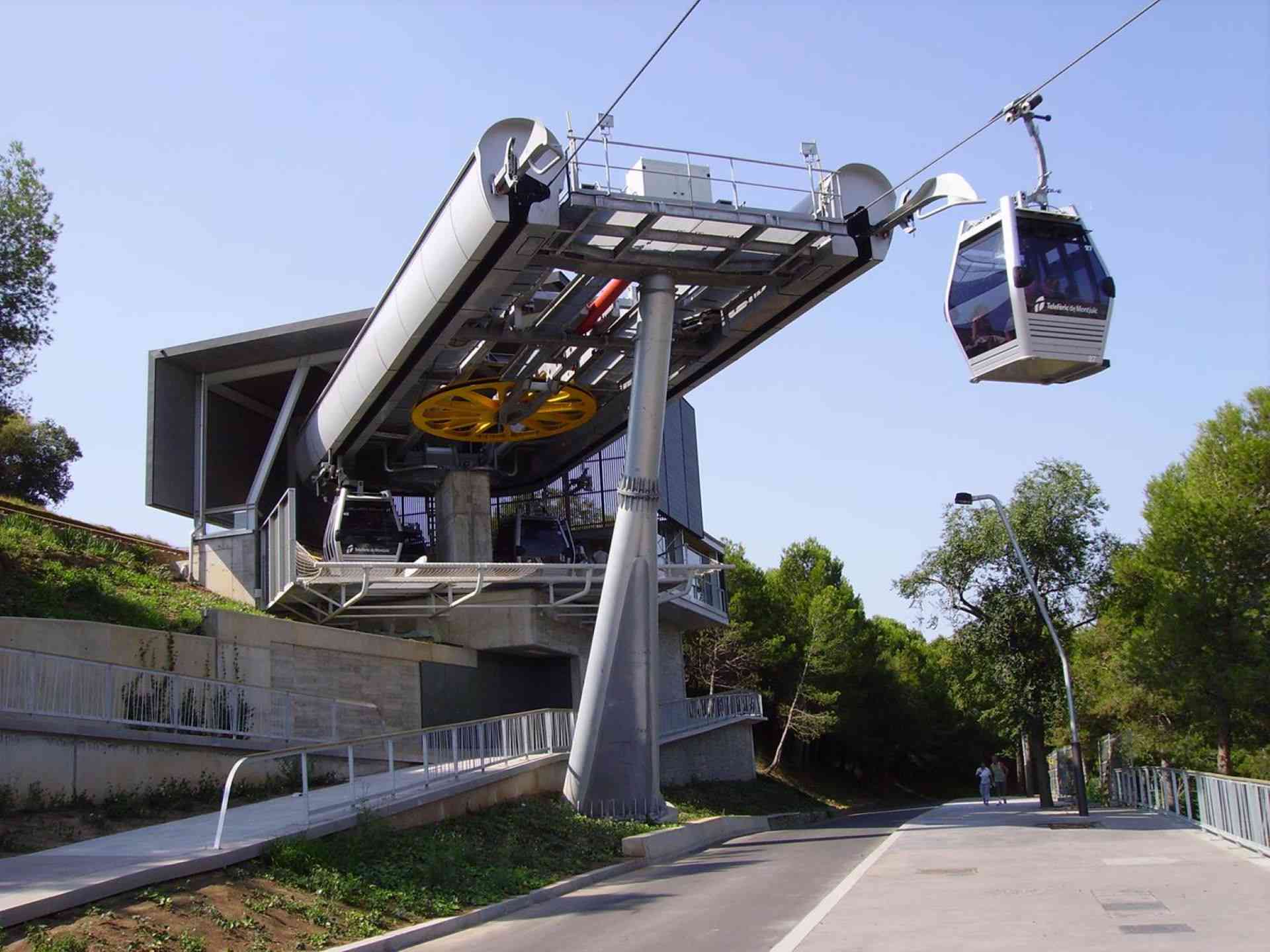 The weather dependency (wind, lightning) of cable car operation and regular maintenance activities (e.g. on the rope) have a negative impact on the availability of a cable car system and sometimes require replacement bus services.
The weather dependency (wind, lightning) of cable car operation and regular maintenance activities (e.g. on the rope) have a negative impact on the availability of a cable car system and sometimes require replacement bus services.
Long design approval and permission times due to frequent appeals
The major obstacles to urban cable cars are not technical or economic, but social. The prejudices in industrialized countries against cable cars are because residents feel that their privacy is impaired and fear a loss of property value as soon as a cable car passes over their roofs. As a result, urban cable car projects are likely to be subject to long design approval procedures due to frequent appeals by project opponents.
To promote acceptance of the ropeway in the city, a cautious approach should be taken and the ropeway should first be tested in peripheral urban areas in order to slowly accustom the population to this new urban means of transport and gradually reduce the inhibition threshold, especially in Western Europe.
Legal notice: The pictures were taken by Chris Pan and enguany. All rights reserved by them.